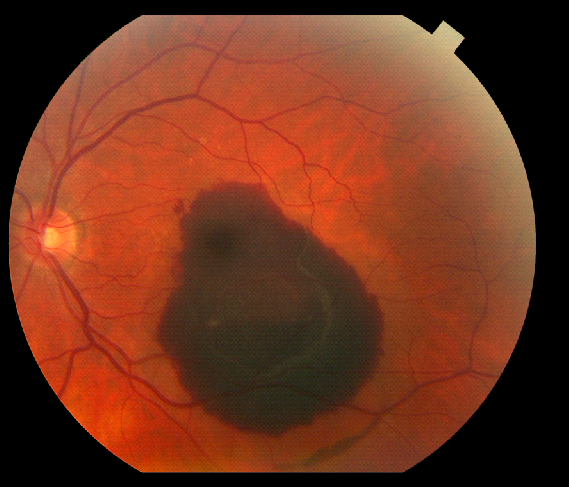Wet Macular Degeneration Symptoms, Causes, Diagnosis and Treatment

What Is Wet Macular Degeneration?
Macula is located in the center of retina. A process leads to the development of abnormal blood vessels resulting in the leakage of blood or fluid into the macula. Although only around 10% to 15% of people with age-related macular degeneration tend to suffer from wet macular degeneration, it could lead to a rapid loss of vision. However, doctors claim that if wet macular degeneration is treated during its early stage, the vision could be protected or even, at times, improved.
What Are The Symptoms Of Wet Macular Degeneration?
The symptoms evolving in both the forms of age-related macular degeneration are quite similar but they arise more rapidly in wet macular degeneration. Symptoms may include:
- Distortions in vision i.e. object appearing nearer or farther away than they really are.
- Blind or blurry spot in the center of retina.
- Deterioration in the color brightness.
- The condition worsens faster than normal.
- Decline in central vision.
- In advanced cases, there might be hallucinations of shapes and people.
Since wet macular degeneration is a dangerous disease, it is highly recommended to see a doctor when any combination of these symptoms shows up. An early treatment could prevent complications.
How Is Wet Macular Degeneration Caused?
When a membrane under the retina gets thick, macula does not get sufficient oxygen supply resulting in the creation of abnormal blood vessels. Further, these blood vessels results in blood and fluid to leak into the macula interfere with the system of retina and cause wet macular degeneration. Other theorists suggest that a specific growth factor known as vascular ech the retina. Since the cause of dry macular degeneration is unknown, it is not clear why wet macular degeneration gets active.
What Are The Risk Factors Of Wet Macular Degeneration?
Since wet macular degeneration occurs after the dry form, the risk factors of both are the same. People with one or more of the following have a high risk of suffering from wet macular degeneration:
- An age of 55 or above.
- Smoking.
- White people.
- Inheritance of macular degeneration through another family member.
- High blood pressure.
- Heart and blood vessels diseases.
How Is Wet Macular Degeneration Diagnosed?
The following could help doctors evaluate precisely whether a person is suffering from wet macular degeneration or not:
- Examining the rear part of the affected eye.
- Fluorescein angiogram.
- Optical coherence tomography.
- Tests to observe vision defects.
Apart from these, doctors may require information about previous diseases or family history of the victim.
How Is Wet Macular Degeneration Treated?
Although an improvement in vision is very rare through treatments, researches suggest that early action could reduce and even stop the growth of this disease. The following therapies are commonly carried out:
- Photodynamic therapy for the treatment of abnormal blood vessels.
- Photocoagulation for the destruction of abnormal blood vessels.
Apart from therapies, medications like avastin, eylea and macugen are also well known to treat wet macular degeneration.
By : Natural Health News




